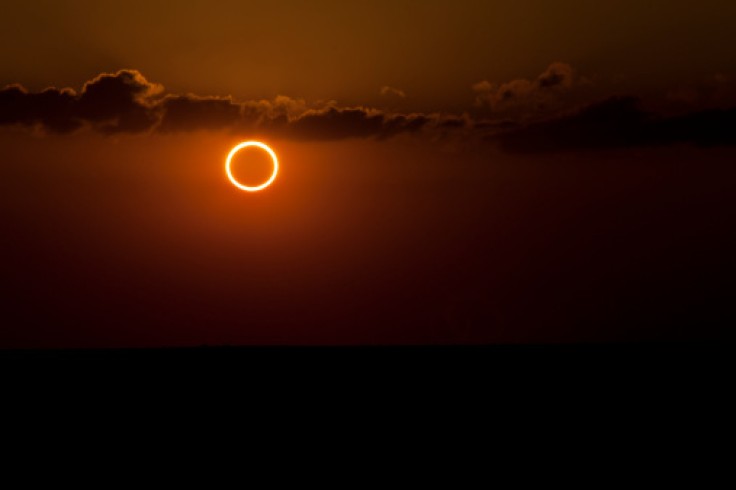There are a lot of celestial events to watch out for every year, and they vary from meteor showers to rare-visiting comets. This October, the US will get to see a solar eclipse. As rare as it already is, the eclipse will not totally cover the sun making it more so.

The Ring of Fire
Scientifically known as an annular solar eclipse, the event will be visible to people across certain states in the US such as Oregon, Arizona, California, Nevada, Utah, Texas, and New Mexico, on October 14th. Each will have its own schedule in the timeline of the event.
Since the Moon will not entirely cover the Sun as it does in a total solar eclipse, there will be a bright ring called "annulus." NASA explained that this was possible due to the elliptical orbit of the moon, meaning that there are times when it is closer or farther to Earth.
In the event that the Moon is closer to its apogee which is the farthest point of its orbit, then it will be smaller from the Earth's point of view, meaning that it is also smaller against the view of the Sun, resulting in the "ring of fire," as per Gizmodo.
The event will be visible to people in the US and other locations in America, although not all will see the annular solar eclipse at its best point. For instance, Alaska will only experience a partial solar eclipse, which is the same for 48 other contiguous states.
For areas like Oregon, California, and Nevada, the partial eclipse will begin at 8:06 a.m. PDT. The annularity will start between 9:18 a.m. PDT to 9:23 a.m. PDT. The annularity's end will follow between 9:20 a.m. PDT and 9:25 a.m. PDT.
By 10:39 a.m. PDT to 10:48 a.m. PDT, the partial solar eclipse will be at its end. In general, the entire event will take place from 12:13 p.m. ET in Oregon and will end at 1:03 p.m. ET in Texas. Hopefully, there won't be a cloud in the sky during the celestial event.
This will be the last annular eclipse in the US until June 2039, but there will be a total solar eclipse set to occur in April 2024. If you plan on watching the rare solar eclipse, be sure to do so with caution and proper equipment.
Safety First
Even if most of the Sun will be obscured by the Moon, it's still unsafe to look at it directly as it could damage your eyesight. There are proper ways to view the annular eclipse using the proper tools, especially since these events last long enough to strain your eyes.
To take part in the viewing, be sure to have a solar filter ready at hand. While some locations like parks will have them for the public, it's better to be sure by bringing your own. The National Park Service states that a solar filter should have an ISO 12312-2:2015 certification.









